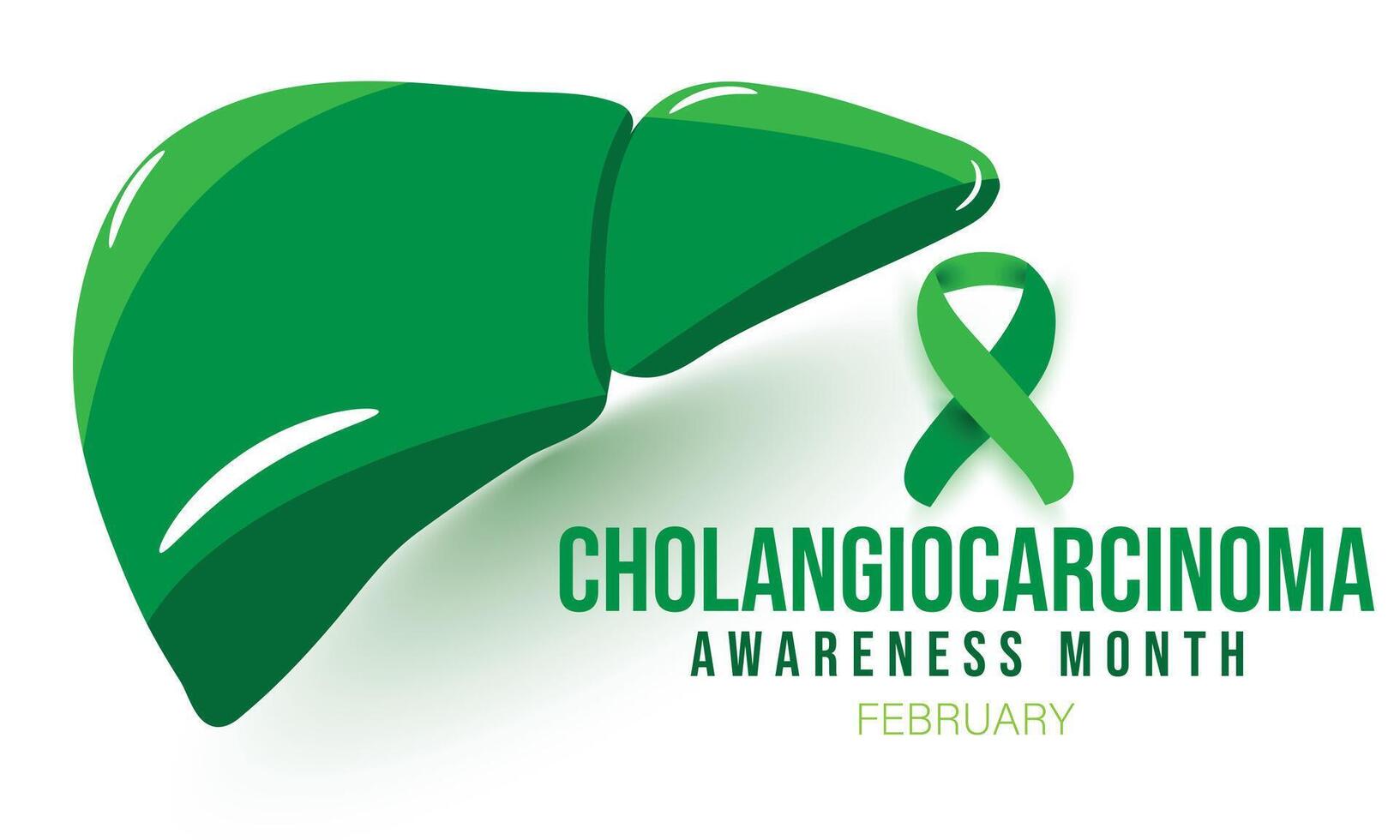Search by Color or Cause


This February, we recognized Cholangiocarcinoma Awareness Month. Cholangiocarcinoma Month is an important time to raise awareness about this rare and aggressive gastrointestinal cancer. Learn how you can continue to raise awareness and support year-round for those affected by this disease. Cholangiocarcinoma, for example, is one type of biliary tract cancer (BTC) that forms in the bile duct. This impacts the system of passageways that transport bile to help your body digest food. Because bile is green, the color associated with Cholangiocarcinoma Awareness Month is also green.
Unfortunately, BTCs are typically diagnosed as the disease progresses and in advanced stages. This is because symptoms often don’t appear in early disease. In addition, when symptoms do appear, they are frequently non-specific and, hence, associated with other more common diseases. For this reason, this may result in delays in diagnosis to when the disease is more advanced and outcomes are poor.
The U.S. reports approximately 23,000 cases of BTCs each year. In addition, diagnosis and treatment remain a major challenge globally for patients and their doctors. Cholangiocarcinoma is cancer of the gallbladder or bile ducts. It is a rare form of cancer.
The gallbladder is a small pear-shaped organ. It is located in the upper abdomen next to the liver. The role of the gallbladder is to store fluid called bile. Further, the liver produces bile to help digest and absorb fats in the small bowel (or small intestine). Bile duct cancer affects the tubes that transport the bile produced by the liver into the small intestine. There are two bile ducts that come from the liver and one from the gallbladder. These tubes connect to form the common bile duct that connects to the small intestine. When food digests, bile, which is stored in the gall bladder, releases and passes through the bile ducts into the small intestine.
Like many GI cancers, cholangiocarcinoma is most effectively treated when the disease is found early. This, however, can be difficult as it often does not cause symptoms in its early stages. However, some people with cholangiocarcinoma may notice symptoms that include:
As this cancer is rare and difficult to treat, only around 1 in 5 people diagnosed survive beyond five years. One of the reasons that survival rates are lagging behind those of some other cancers is a lack of awareness of this cancer that could lead to more funding for clinical research. Research into rare cancers also takes longer as reaching a large patient population can be challenging. For this reason, it is important to raise awareness about Cholangiocarcinoma Awareness Month using the color green. Without advocacy, there is a lack of understanding. In addition, research and funding lag with limited awareness of the disease. Making an impact on the understanding of this type of cancer is crucial. Learn what you can and advocate for those who are in need by pinning a green pin to your lapel. A little symbol of support may start a very important conversation.